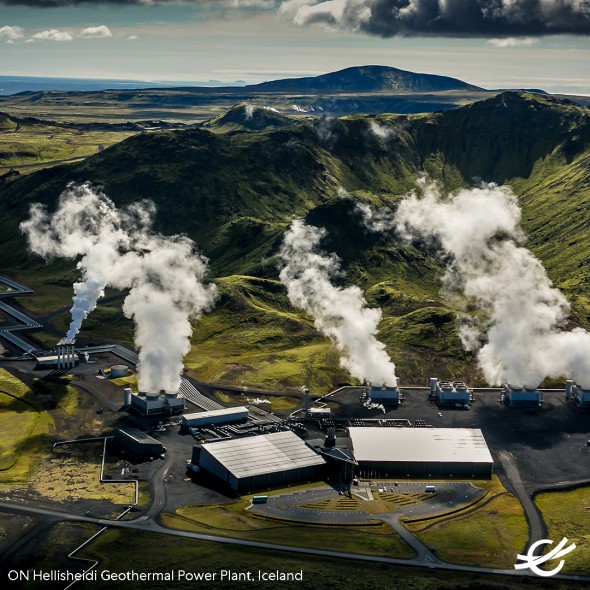NEWSLETTER
In Conversation: Holly Boyd-Boland, Virgin Atlantic


In his interview with Shashank Nigam for the Sustainability in the Air podcast (see below), United CEO Scott Kirby expressed faith that carbon capture and storage technologies (CSS) would be viable in the medium term.
This is certainly an area that’s seen a lot of growth.
According to the Global CCS Institute, at the end of last year, twenty-seven commercial CCS projects were operational, with another 108 in the pipeline.
Over the past few weeks, there have been some eye catching developments in the carbon capture space.
Nature Magazine has a good introduction to the technology, leading with the fact that China will host what will be the world’s largest facility for recycling CO2 from the atmosphere into fuel.
The Tongyezhen plant will recycle about 160,000 tonnes of CO2 per year — equivalent to the emissions from tens of thousands of cars. Tongyezhen is being backed by an Icelandic firm Carbon Recycling International (CRI).
Iceland has in itself been at the forefront of the carbon capture industry.
While CRI looks at recycling carbon dioxide into methanol, Climeworks’ Orca Machine in Iceland captures CO2 and stores it in rocks (the machinery froze last month due to the extremely cold weather).
Israeli firm High Hopes Labs is pioneering another carbon capture route that is noteworthy for two reasons. First of all, the carbon capture method is (via Times of Israel) through balloons.
Secondly High Hopes Labs is aiming for a price of <$50 per tonne of carbon.
If that target is realised, it will be commercially attractive. It’s worth noting that the December 2021 EU Allowance (EUA) carbon contract was trading at 49.75 euros ($60.83) a tonne.
Finally, a good indication of the promise that CCS technologies holds is the fact that major tech investors are now funding it.
Bloomberg reports that over the past month both Elon Musk and Google’s parent company Alphabet have committed $2 billion into funding startups in the CCS space.
This is in addition to the $3.5 billion that the Biden administration has earmarked to set up four carbon removal hubs.
As a result, Scott Kirby is right in that though CCS is a technology still in its infancy, it is developing fast and is something airlines should keep tabs on.
SimpliFlying CEO Shashank Nigam writes:
“Shashank, I’m personally invested in sustainability because I want to leave the world a better place for my 7 kids.” Scott Kirby told me that on the latest podcast episode of Sustainability In The Air.
Scott opens up about making big bets on the future of sustainable technology, why United is investing in supersonic and sequestration, and why he believes carbon offsetting by planting trees is greenwashing.
What a pleasure it must be for the airline’s sustainability team to work with a boss like this, who walks the talk on sustainability.
I’m sure you enjoy this candid discussion with the CEOs of one of the largest airlines in the world.
Have a listen and answer this question – Do Scott’s strategies fill you with hope about the future of aviation or do you dread the unknown era we’re entering into?
Positive story of the day
Air France Halves CO2 Emissions On Two Flights For SkyTeam Sustainability Challenge (Simple Flying)
Air New Zealand releases sustainability themed safety video (Stuff)
Virgin Australia announces new fleet for higher capacity and lower emissions (Virgin Australia)
China Airlines Participates in SkyTeam’s Sustainable Flight Challenge (Travel News Asia)
Turkish Airlines flies new biofuel-powered plane (ABTA Pros)
© 2022 SimpliFlying Pte. Ltd.